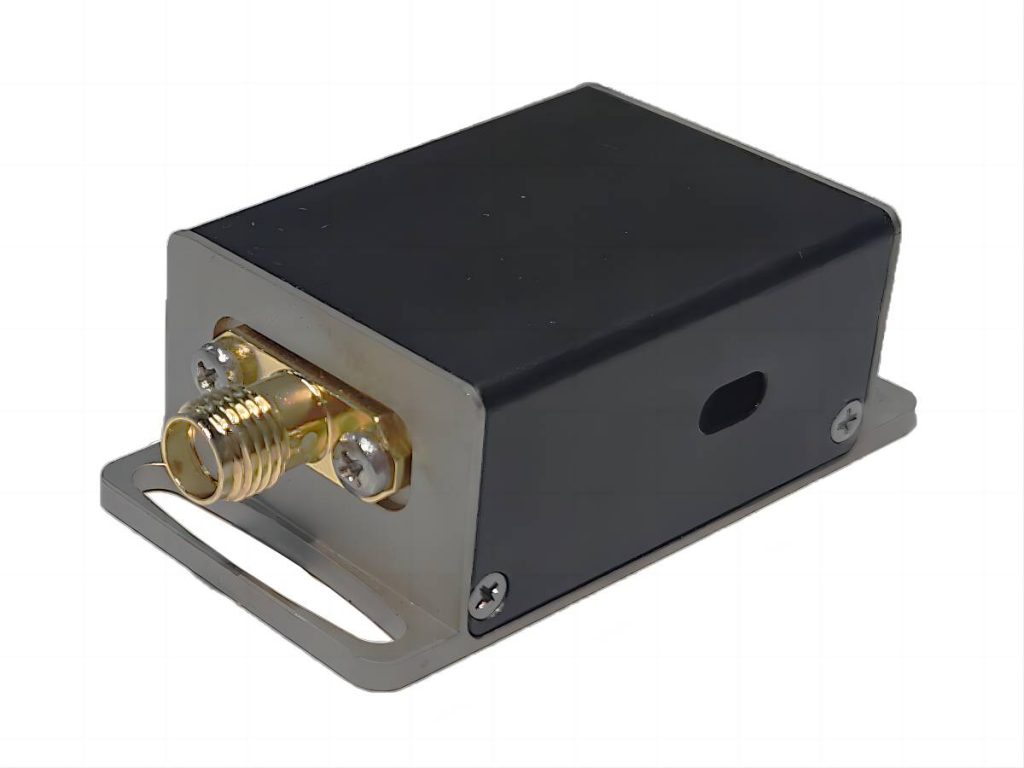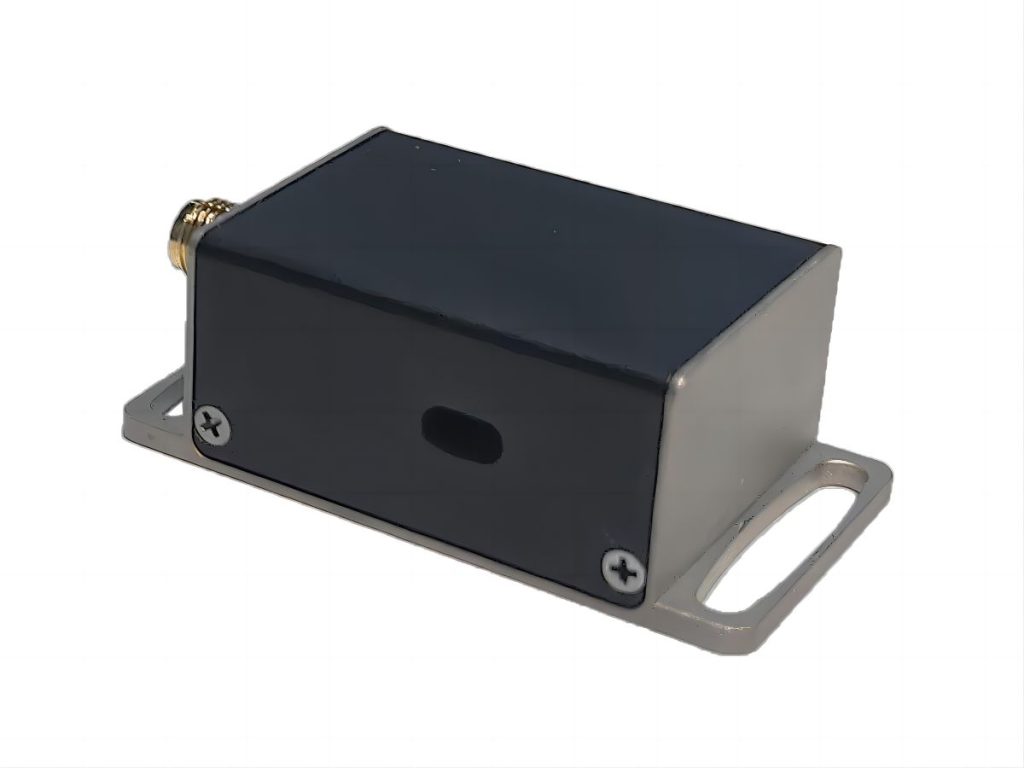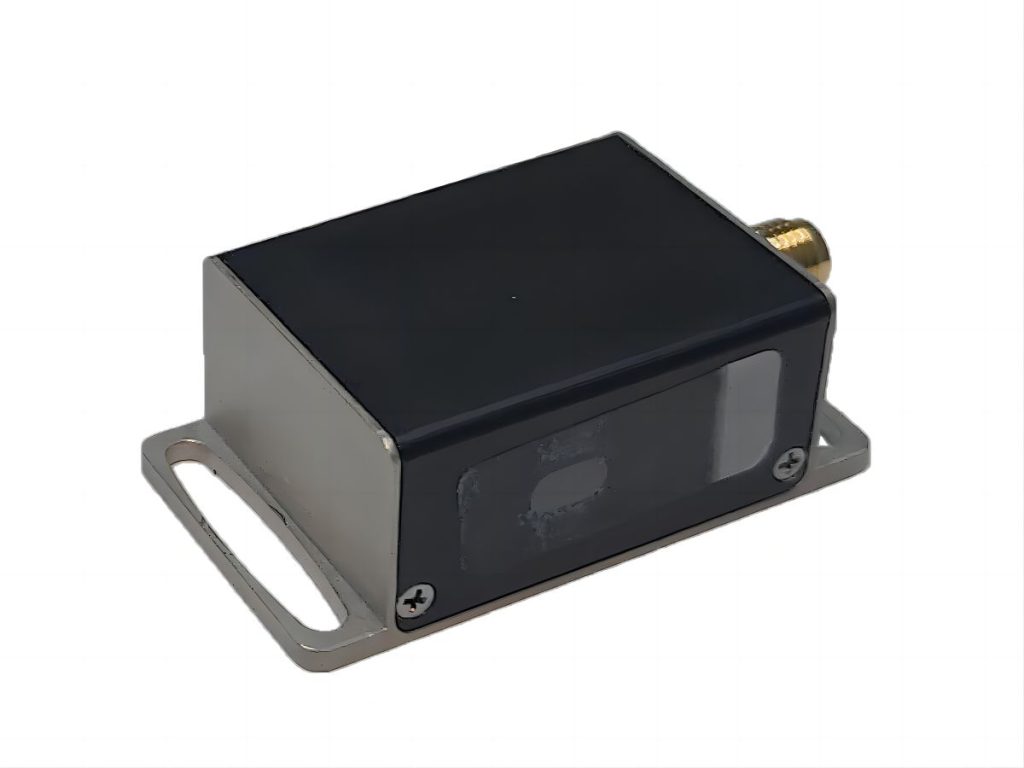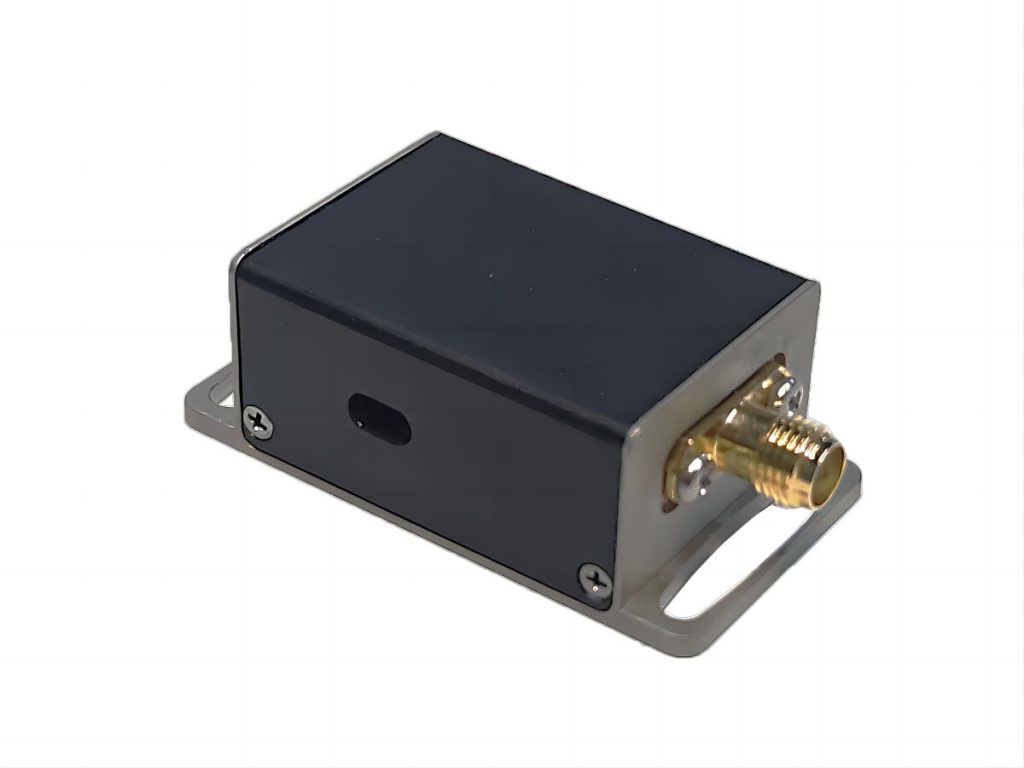Space Acousto-optic Modulator AOM/AOFS
For years, we’ve been at the forefront of acousto-optic device design and manufacturing, pushing the boundaries of technology in this field. Our dedicated research and manufacturing teams are the bedrock of our success, ensuring exceptional product performance and unwavering support for our customers.
We meticulously control the entire process, from the growth, processing, and coating of crystal materials like TeO2 and quartz to the fine-tuning of various product properties. This mastery of craftsmanship allows us to strike the perfect balance between key parameters, delivering solutions that precisely meet your needs.
We have a deep understanding of critical parameters like AOM loss, on/off extinction ratio, and rise time. This allows us to deliver standard products that consistently exceed expectations, while also offering customized services to address unique requirements. Whether you’re looking for off-the-shelf solutions or bespoke designs, we’re here to collaborate and quickly respond to your needs.
What is Acousto-optic Modulator?
The principle of the acousto-optic modulator (AOM) is acousto-optic interaction effect. By applying different RF signals (RF frequency, digital signal, or analog signal) to achieve frequency modulation, pulse modulation, or intensity modulation of the beam. Operating wavelengths range from visible to infrared region. The frequency ranges from 40 MHZ to 400 MHZ. Other frequencies can be customized to meet the requirements of different application scenarios. The product is packaged in an all-metal structure, compact structure, small size, and has good temperature stability and reliability.
What is Acousto-optic Frequency Shifter?
Changing the frequency of light is the basic performance of acousto-optic modulator. Acousto-optic frequency shifter (AOFS) is composed of a piezoelectric transducer and acousto-optic medium. When a suitable radio frequency electrical signal is applied to the piezoelectric transducer, the piezoelectric transducer converts the electrical signal into an ultrasonic signal and transmits it into the acoustic-optical medium because of the piezoelectric effect, so that the refractive index of the acoustic-optical medium changes periodically to form an ultrasonic grating. When light passes through the ultrasonic grating, the beam is diffracted, and the frequency of the diffracted light is changed relative to the incident light. An acousto-optic frequency shifter is an ideal frequency shifter with high response speed and high extinction ratio, which is mostly used in interference-based optical systems.






